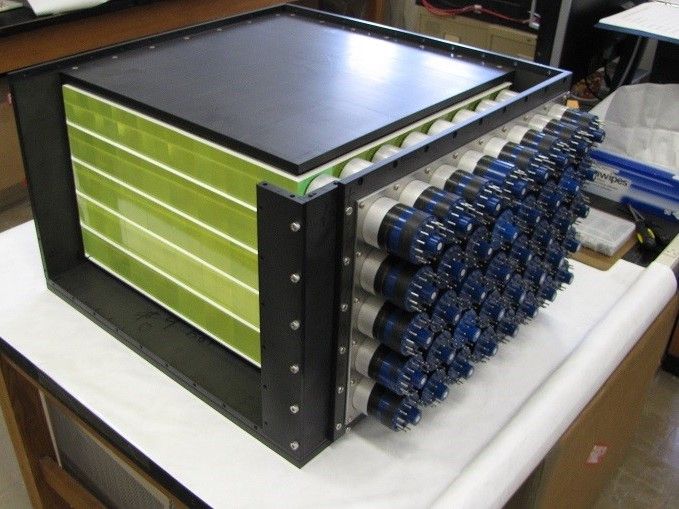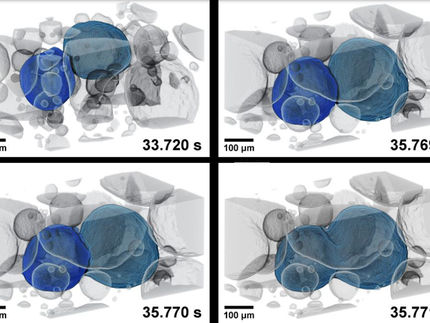Making data matter
A multimaterial, voxel-printing method turns imaging datasets into physical objects
The world is awash in digital images, from photographs to x-rays to computer models to 3D scans. The advent of 3D printing has made it possible to take imaging data and print it into physical representations, but the process of doing so has been prohibitively time-intensive and costly.

The 291,362 colored line segments in this 3D-printed model of a human brain represent bundles of axons that connect different regions of the brain, color-coded based on their orientation in 3D space.
The Mediated Matter Group / MIT Media Lab
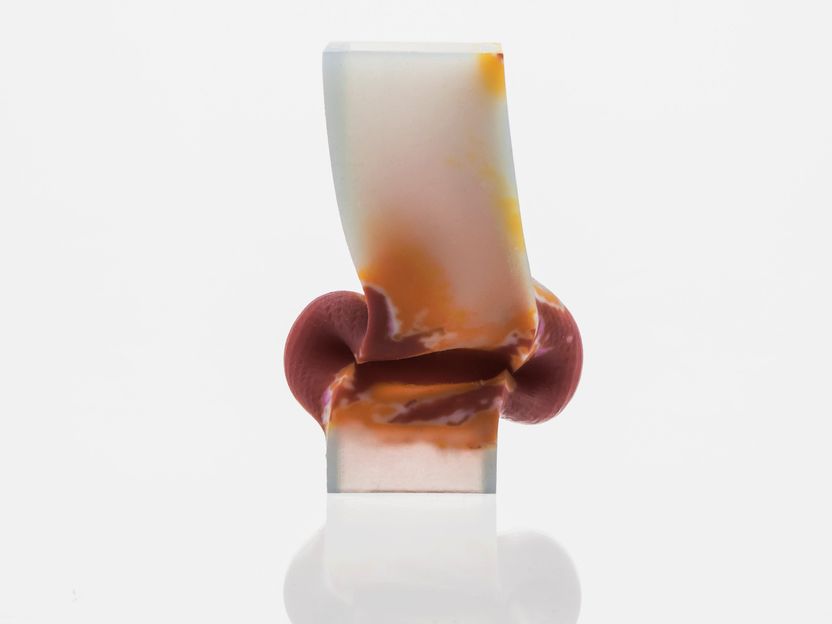
This structure is a physical representation of a simulation of pressure being applied to a square tube, with red areas representing the greatest deformation
The Mediated Matter Group / MIT Media Lab
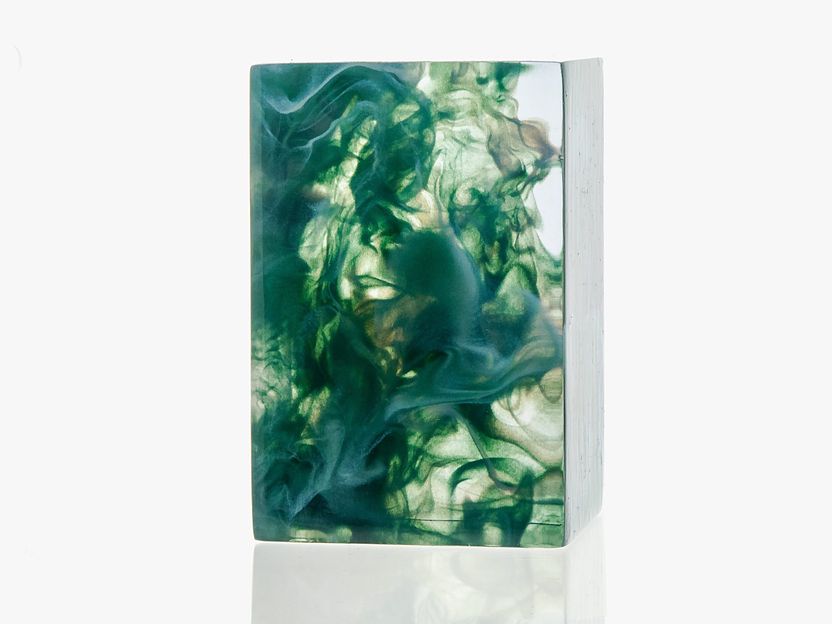
A computational fluid simulation of white and green fluids mixing in a transparent volume was freeze-framed and 3D printed using multiple materials to indicate the intermingling liquids.
The Mediated Matter Group / MIT Media Lab
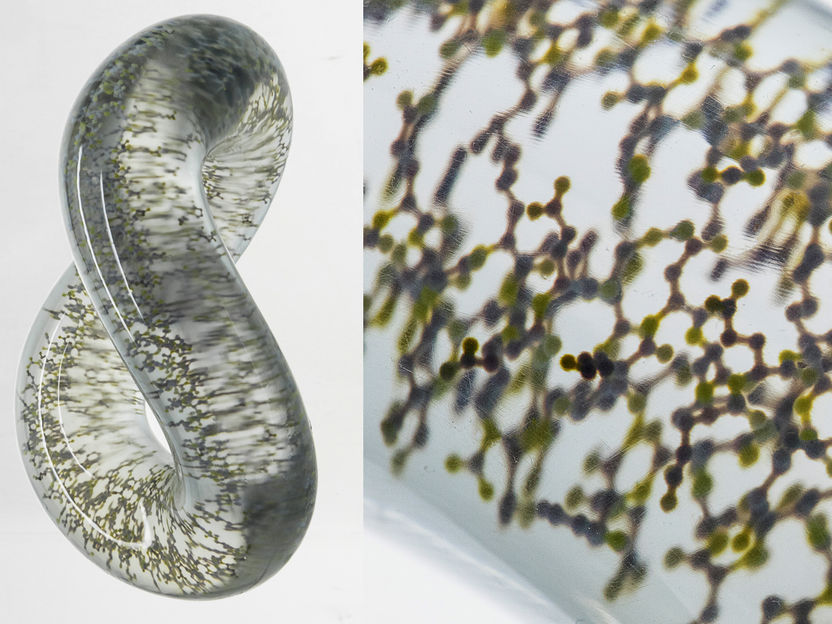
A 3D-printed model of the protein crystal structure of Apolipoprotein A-I, a dataset containing 6,588 points for each atom and 13,392 line segments for each interatomic bond.
The Mediated Matter Group / MIT Media Lab
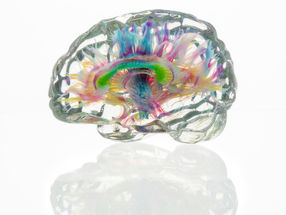
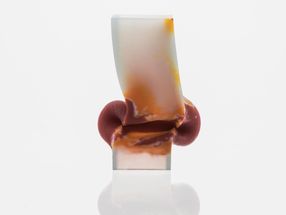
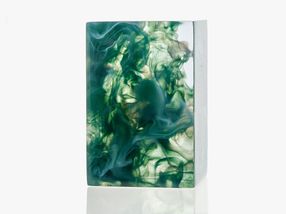
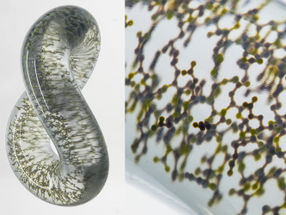
A new data processing method developed through a joint collaboration between the Wyss Institute and the MIT Media Lab removes that roadblock by converting various different forms of complex 3D data into a stack of high resolution “dithered bitmaps” which preserves extremely fine details and material gradients present in the source files. The researchers hope that this “bridging of the gap between digital information representation and physical material composition” will help democratize 3D printing and eventually allow anyone to print an accurate, detailed, full-color 3D model of almost anything imaginable.
Original publication
Original publication
Bader, Christoph and Kolb, Dominik and Weaver, James C. and Sharma, Sunanda and Hosny, Ahmed and Costa, João and Oxman, Neri; "Making data matter: Voxel printing for the digital fabrication of data across scales and domains"; Science Advances; 2018
Organizations
Other news from the department science

Get the chemical industry in your inbox
By submitting this form you agree that LUMITOS AG will send you the newsletter(s) selected above by email. Your data will not be passed on to third parties. Your data will be stored and processed in accordance with our data protection regulations. LUMITOS may contact you by email for the purpose of advertising or market and opinion surveys. You can revoke your consent at any time without giving reasons to LUMITOS AG, Ernst-Augustin-Str. 2, 12489 Berlin, Germany or by e-mail at revoke@lumitos.com with effect for the future. In addition, each email contains a link to unsubscribe from the corresponding newsletter.
Most read news
More news from our other portals
Last viewed contents

Unprecedented view of the diffusion and rotation of fullerene molecules by graphene encapsulation
How to measure oxygen coefficient in complex oxides
Gibbs_algorithm
Sibutramine
Meg_Whitman
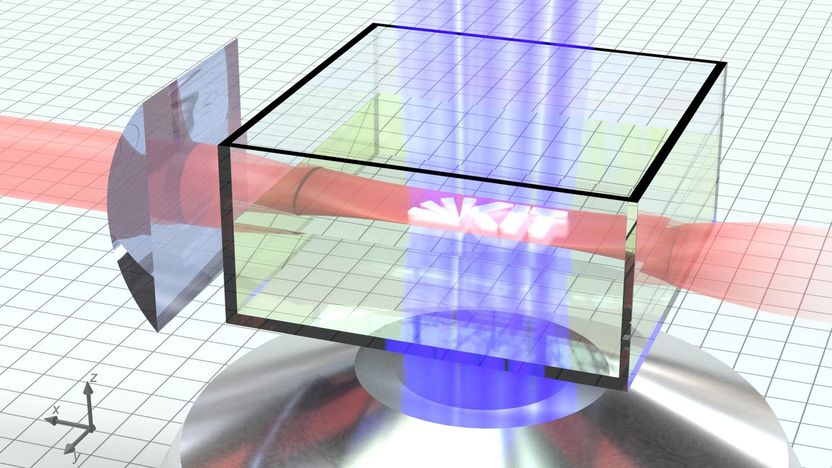
Joining forces: fast-as-lightning 3D microprinting with two lasers - Micrometer-sized Structures in Just the Blink of an Eye
Biological_small-angle_X-ray_scattering
Luminiferous_aether
Micromeritics Instrument Corp. acquires Freeman Technology
Self-envy
